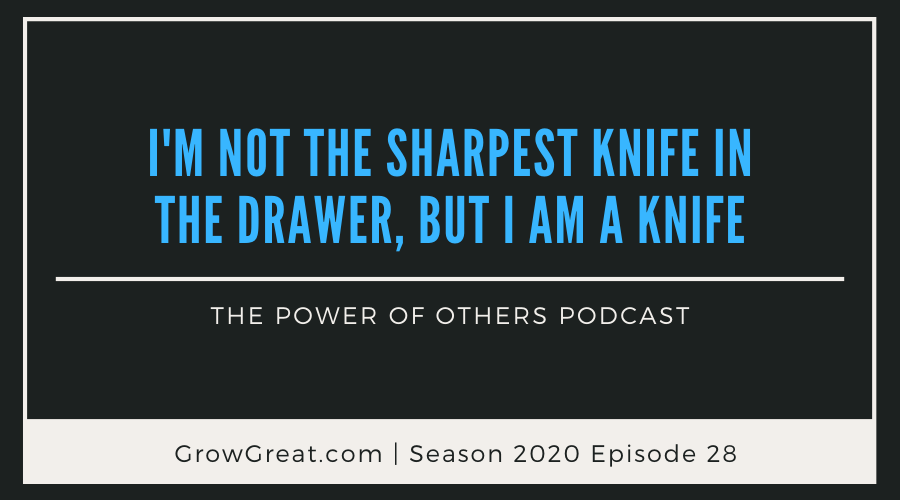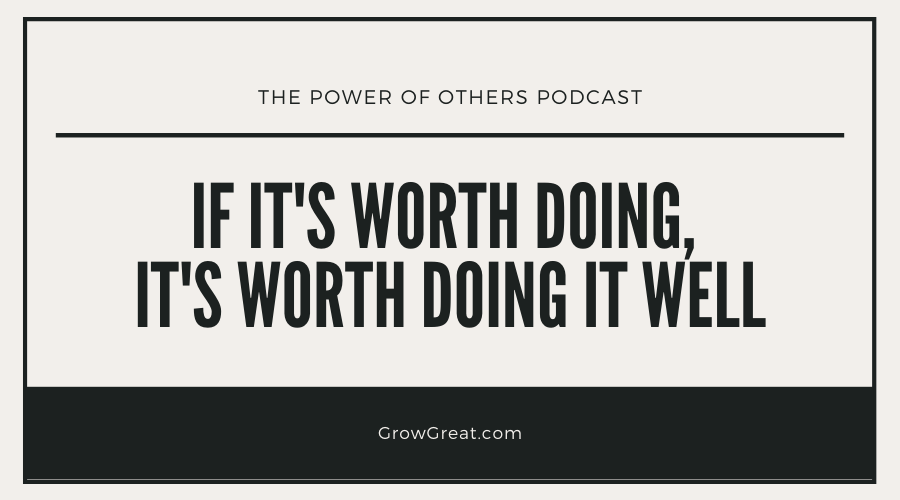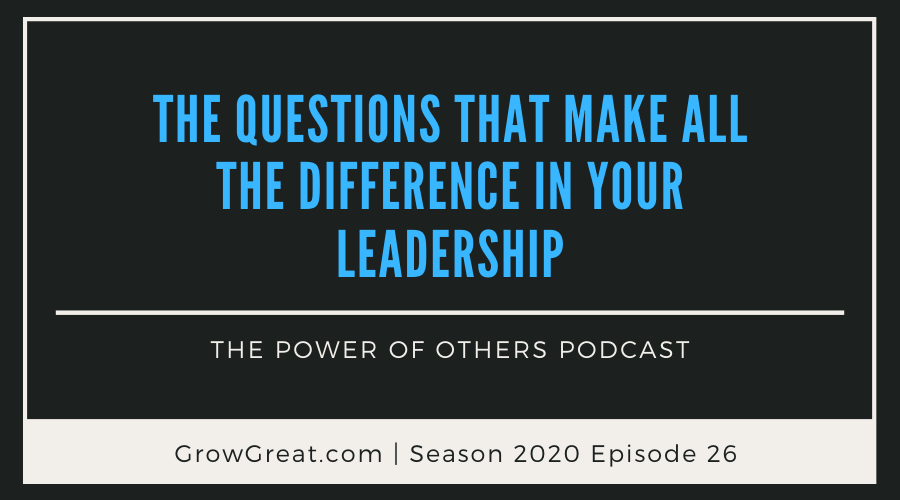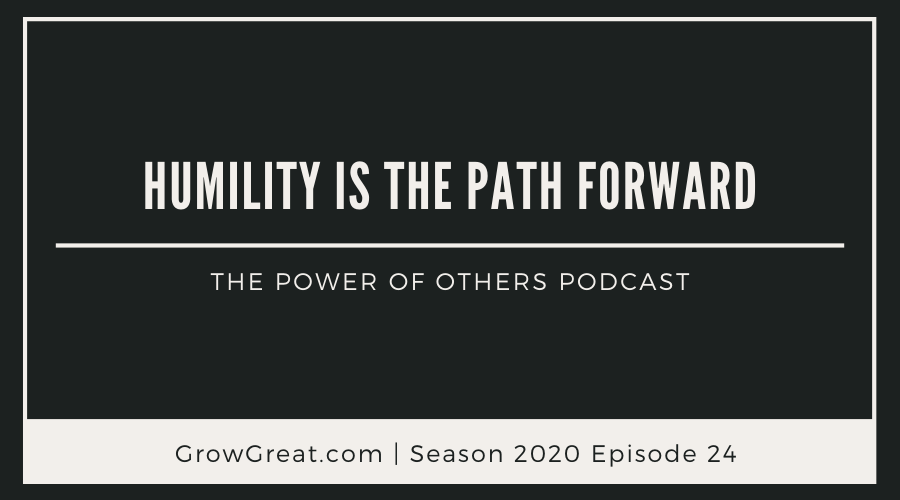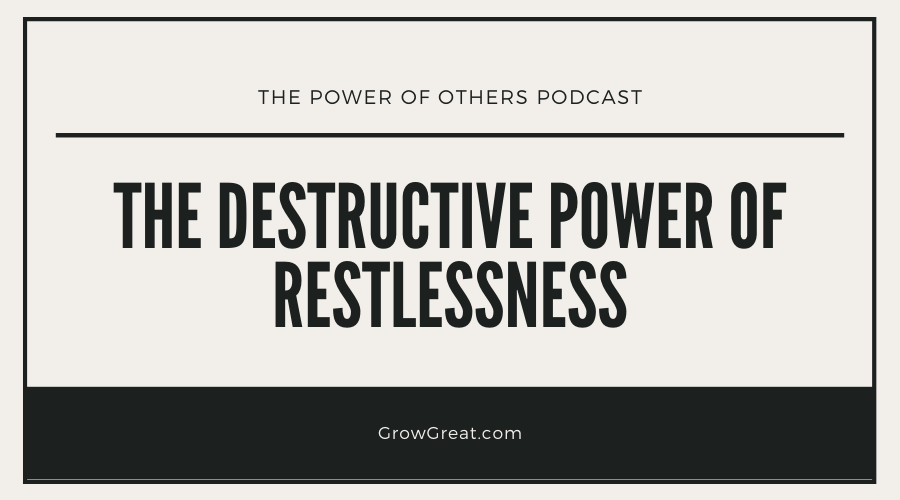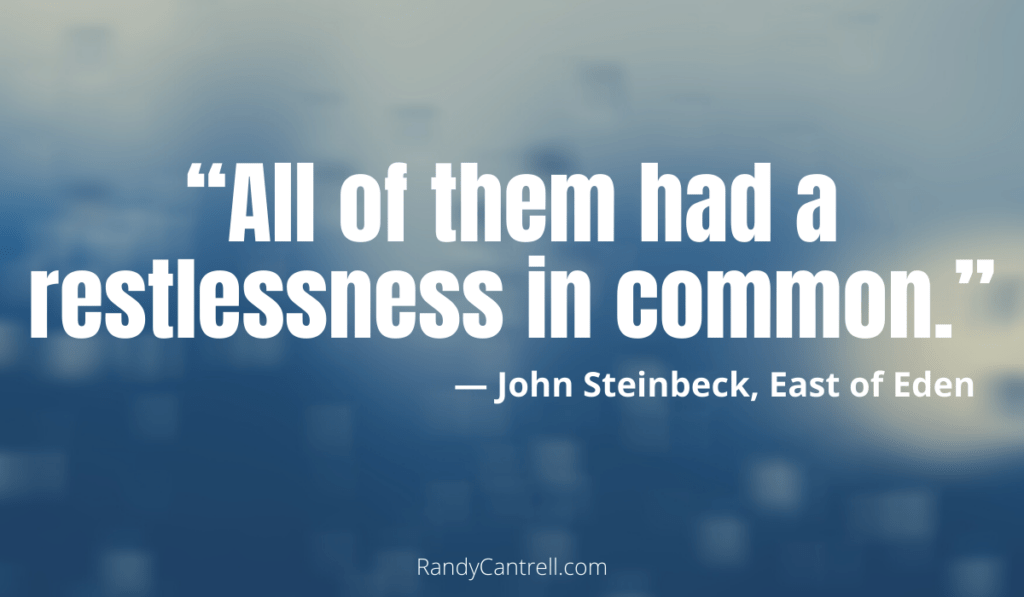I’m Not The Sharpest Knife In The Drawer, But I Am A Knife (The Power Of Curiosity) – Season 2020, Episode 28
Podcast: Play in new window | Download (Duration: 26:50 — 24.6MB)
Subscribe: Apple Podcasts | Spotify | RSS | More
When it comes to understanding people and situations I’ve not found anything more powerful than curiosity.
Curiosity drives understanding.
When our curiosity is low, our quest to understand is low, too.
How do we know?
We stop asking questions. Mostly because we either lack curiosity, we don’t care or we think we know enough already. Or any combination of those things.
I’ve told you before how limited my super-powers are, but I do have a few. The other day I’m having this conversation with a CEO about business. He’s telling me about his background and how he came to be where he is, both in business and life. He asks me about my background and I explain to him how I’m like so many of my generation who stumbled into things, made the most of it and it sorta worked out. I told him I wasn’t like the rare friends I had who grew up always wanting to “be” something specific. Or like those people who have many talents from which to pick. When your talents are somewhat limited life can get easier I suppose. You either soar with your strengths (as Donald O. Clifton evangelized, he of what once was “Clifton’s Strengthfinder” fame), or you don’t. The key is knowing your strength of course. Again, easier to do when there are so few of them. Harder to do when you have to pick among the many you may have.
At which point I made the remark that serves as today’s title. And he laughed. But it’s not merely a funny line. It’s completely true and we went on to discuss how asking questions is the only way to satisfy our curiosity. But also how afraid we often are to ask the questions – especially the ones that are most obvious to us at the moment.
Here’s some context for you, regarding the title.
The subject was the power of questions. And curiosity.
But the real subject was (and is) UNDERSTANDING.
Umpteen years ago I concluded that “the quality of our questions determines the quality of our business.” Whether it was a customer interaction, a vendor decision, a contract negotiation…questions seemed to be a great barometer of whether or not I was on track as a business leader. Any time I took a shortcut thinking I knew enough BEFORE asking more questions, I almost always lost. That’s why I made up my mind that after I had asked the obvious questions (those I felt were obvious), then I’d search for the not-so-obvious ones. I adopted the “Columbo Rule” of asking one more question after I felt I had exhausted all the questions.
Over the years I learned that the thing always getting my way was ME. My arrogance. My ego. My pride. That’s what would prevent me from getting the understanding I most needed to make better decisions and to behave better.
When that epiphany hit me it almost didn’t make sense. Only because of one thing – I had always embraced my naivete. I was the person unafraid of asking the stupid question. I was the person in the conversation circle when somebody would ask if you knew somebody, or if you’d seen some movie — who would say (if it were true), “No, I have no idea.” Rarely would I feign understanding. I’ve always been pretty shameless at avoiding pretense for the sake of understanding. Hence, the statement I made to the CEO which kinda-sorta serves as today’s show title: “I may not be the sharpest knife in the drawer, but at least I know I’m a knife…and not a fork.”
My being a knife is my strong desire and curiosity to understand.
Coaching executives and leaders involves me asking lots of questions. Not interrogating them, but in seeking to better understand what’s going on with them, and to figure out how they’re operating. Sometimes I’m trying to understand what they’re feeling whenever they’re frustrated. Or excited. Or feeling terrific.
When it comes to understanding people and situations I’ve not found anything more powerful than curiosity. Which is why today I’m encouraging you to embrace it more fully in your life. It can help push your life and career forward faster than anything I know because it’ll accelerate your learning, which in turn will fuel your growth.
Learning can be hard. Or it can easier. We get to decide.
We can go it alone thinking we’ll figure it out eventually. And maybe we will. But maybe we won’t. This is the slowest way to learn something.
Think about learning to play the guitar. You can sit at home with your guitar, unaided by anybody or anything, and maybe you’ll figure it out eventually, but your progress will be glacially slow.
You could sit at home alone with your phone or computer watching YouTube videos. That’ll pick up the pace enormously. Why do you think YouTube is the number one searched platform for “how to?” Because there are millions of videos that show how to do most anything you can dream of. Whenever we leverage YouTube or anything other web platforms to learn something we’re leveraging the power of others.
You could step up your game by taking some instruction – private or in a class. With another experienced guitar player sitting in front of you, giving you some structured approach to learning guitar, you’ll likely accelerate your learning even more. More evidence of the power of others.
If you decide to befriend other guitar players, especially experienced ones, you’ll find yourself being helped by people who can show you many tricks and tips to step up your learning even more.
Go it alone, asking no questions except those you ask of yourself, and it’s the slowest possible route.
Go it together with others, being intentional and purposeful in surrounding yourself with generous guitar players willing to show you the ropes and you’re now flying in a super sonic jet compared to all that alone time.
Like me, the thing that’ll get in your way is pride and ego. Embarrassed to let the experienced guitar player know that you have no clue what you’re doing…you’ll rob yourself of the power of others. Your lack of humility will ruin your curiosity to understand how to play the guitar.
Apply that logic to anything you’d like to learn – or anything you’d like to learn how to do better!
It works with people, too.
My naivete often helped clients see things from a vantage point they hadn’t previously considered. It’s common for me to hear a client say, “I haven’t considered that it might be that way” or words that express how they’ve only been viewing something from a single point of view.
Which way is right? Which way is wrong?
Don’t think of it in such binary terms. Think of it more in shades of gray and not so black and white.
Maybe it’s less about right or wrong and more about which is better. Or maybe it’s about which is more accurate. Which is more clear.
What if I entered your life during your worst, darkest days? What if I observed your life during this time period and concluded that what I’m seeing is the totality of who and what you are? Would I be accurate?
No. Of course not.
Our worst isn’t a fair sample of who or what we are. It’s the far extreme of what likely does NOT represent who and what we truly are.
Just because you’ve read one chapter of my life doesn’t mean you know my whole story. You need more context. In order to figure out the context, you need what?
Curiosity. Enough curiosity that you want to learn more so you can figure out the whole story. Or at least more of the story so you feel you’ve got a more full context.
If it’s unfair for others to judge you based only on your worst, then why do you think it’s fair for you to do that with them?
Because judgment is easy. Just like making assumptions.
The hard, but fun part is learning more. Asking questions so you can make sure you understand is thrilling if you make it the habit of your life.
Have you ever gotten something wrong? Thought you knew what was happening…only to discover that what you thought was happening wasn’t happening at all? Thought you knew somebody only to find out you had them pegged all wrong?
Not a good feeling. It’s an awful feeling.
Contrast that with the feeling you get when you took the time to figure out what we really going on. Feels good, doesn’t it? Of course, it always feels good to get it right.
Commit yourself to being a knife. A sharper knife. Embrace deeper curiosity in your quest to figure it out. Embrace it as you work to figure anything and everything out. You don’t have to be the sharpest knife in the drawer. You just have to make sure you’re a knife.
Be well. Do good. Grow great!

